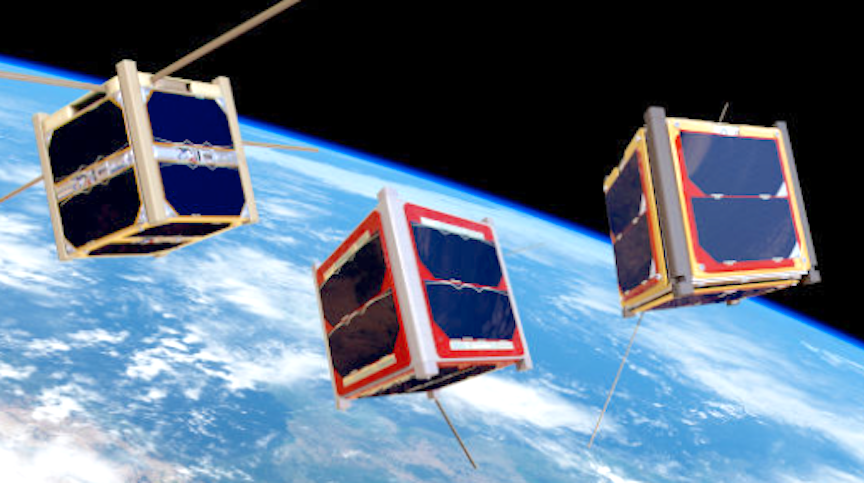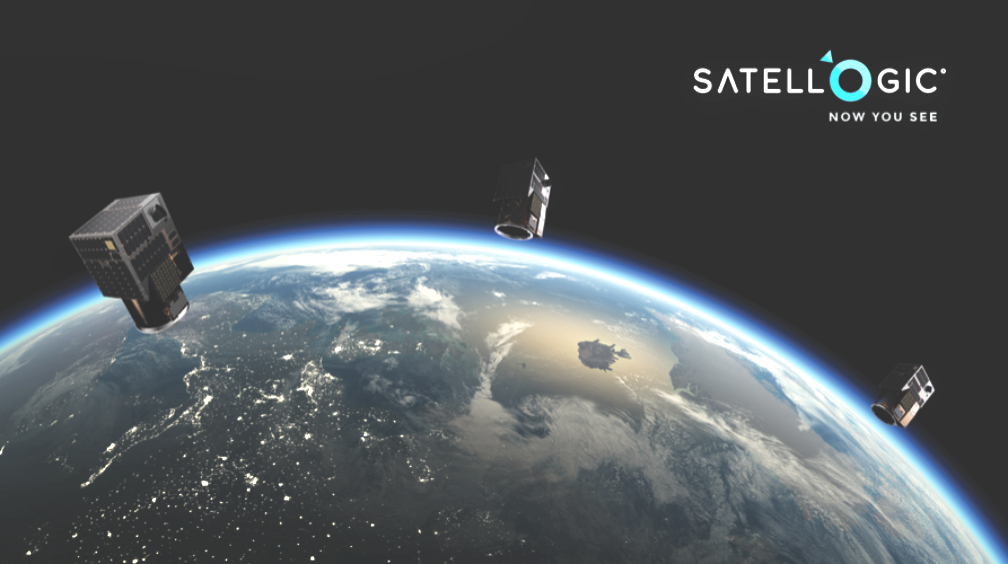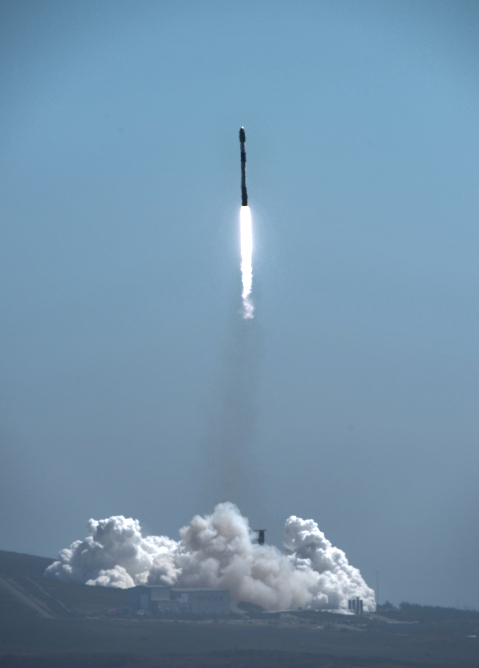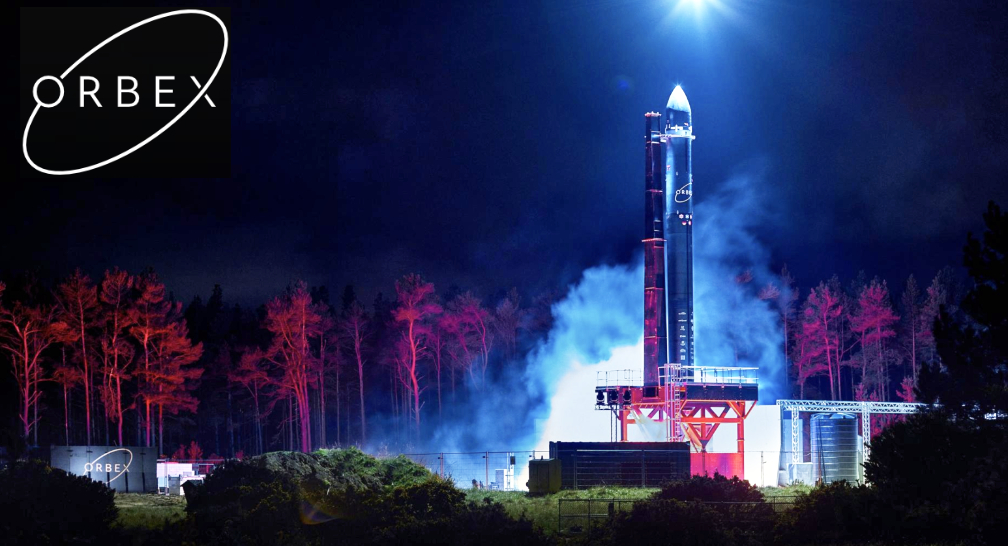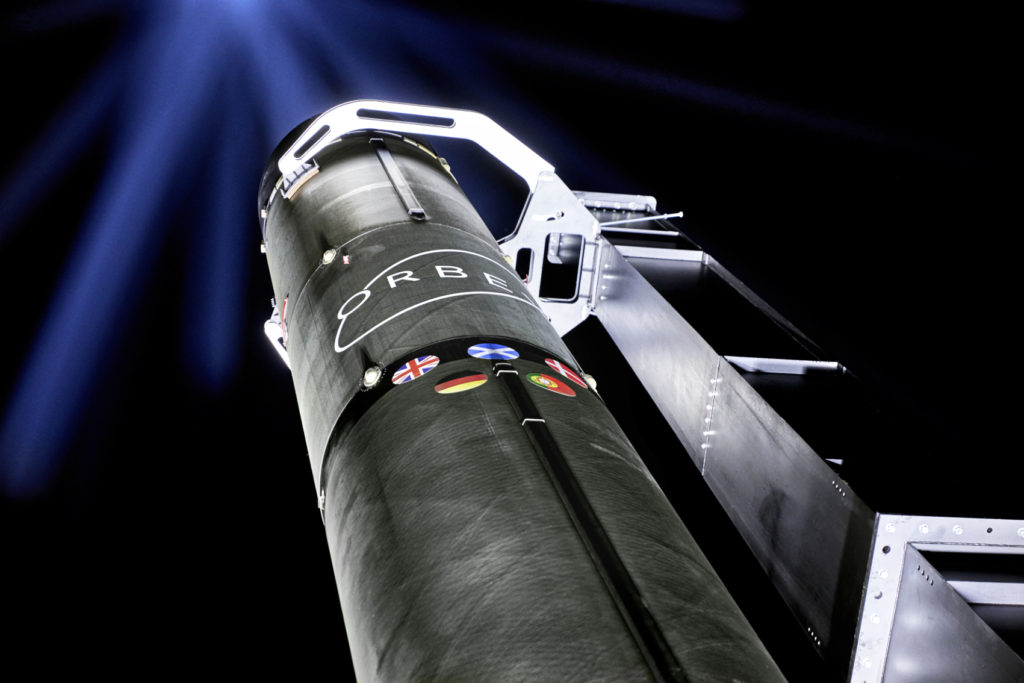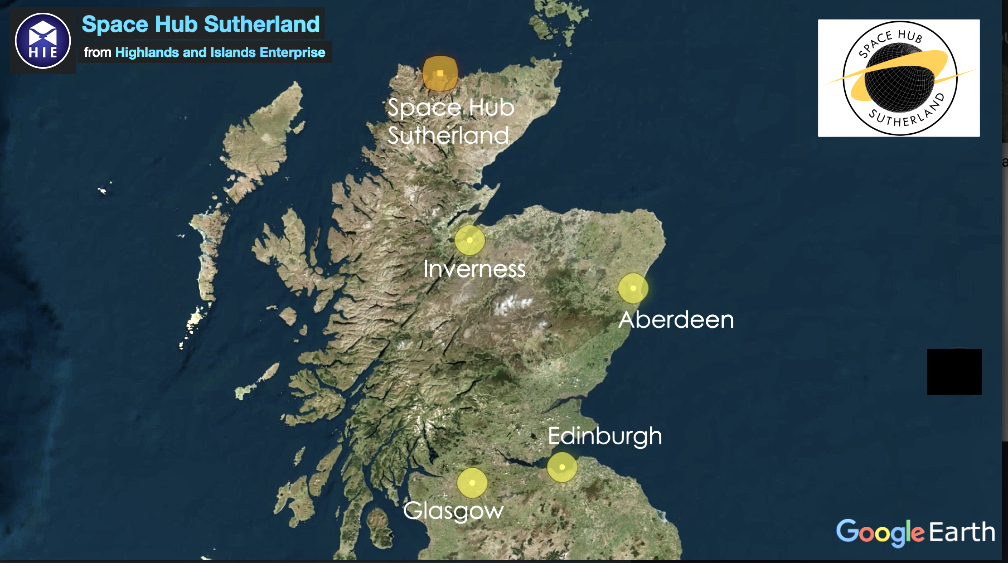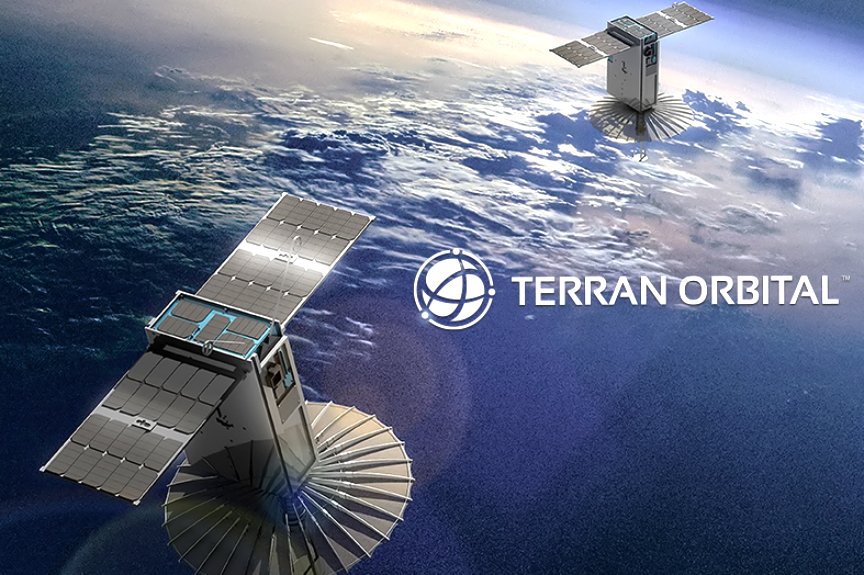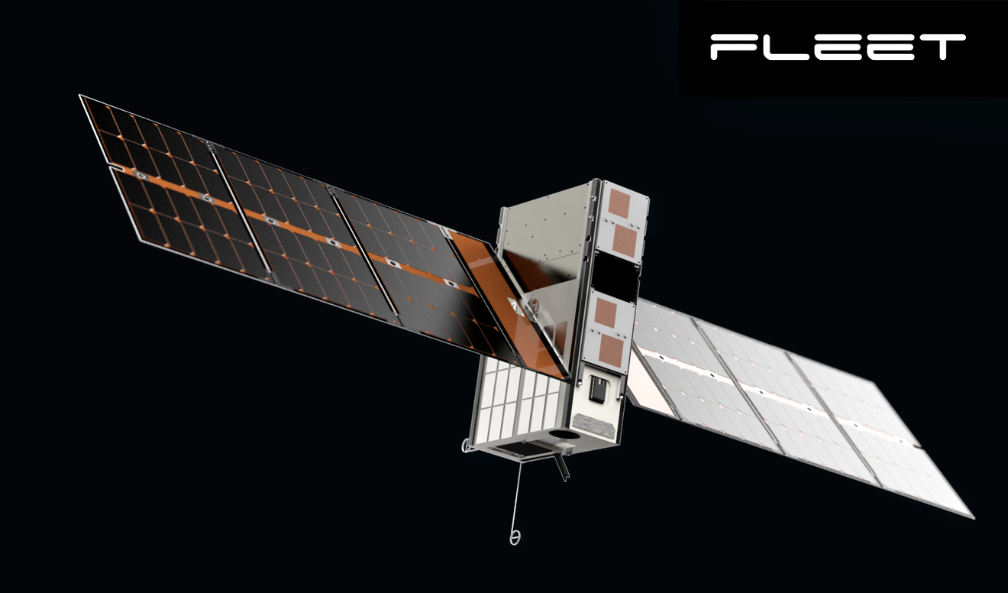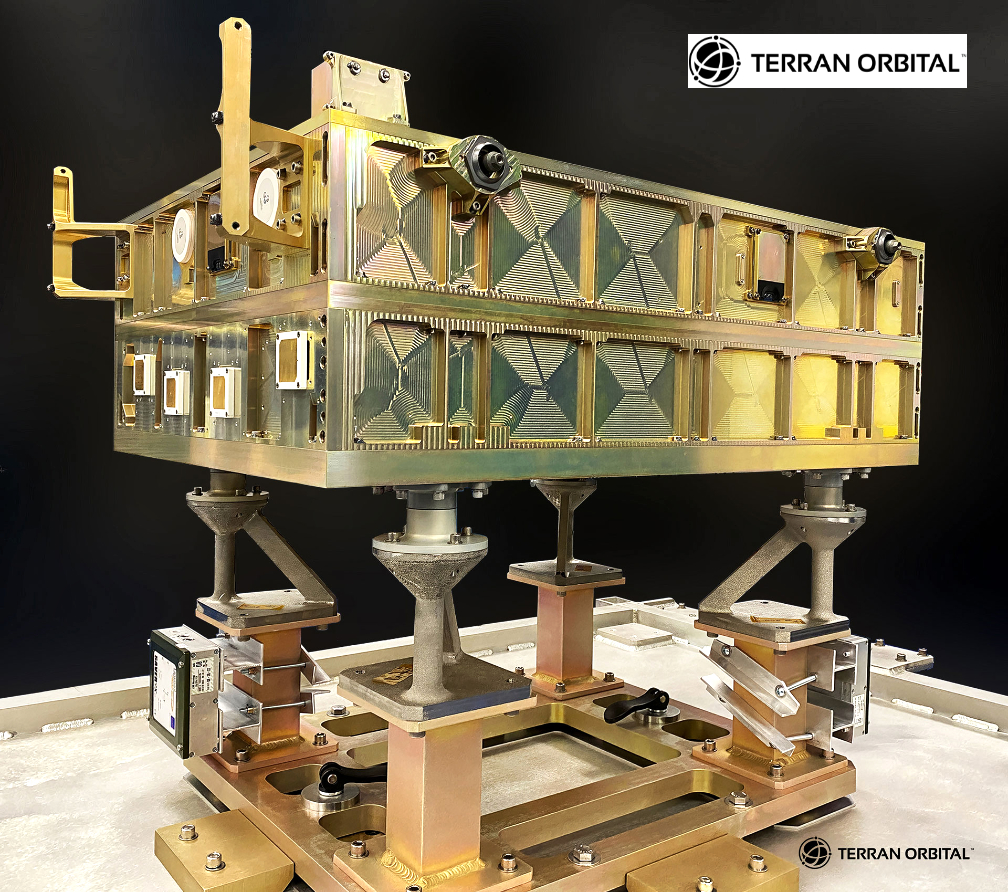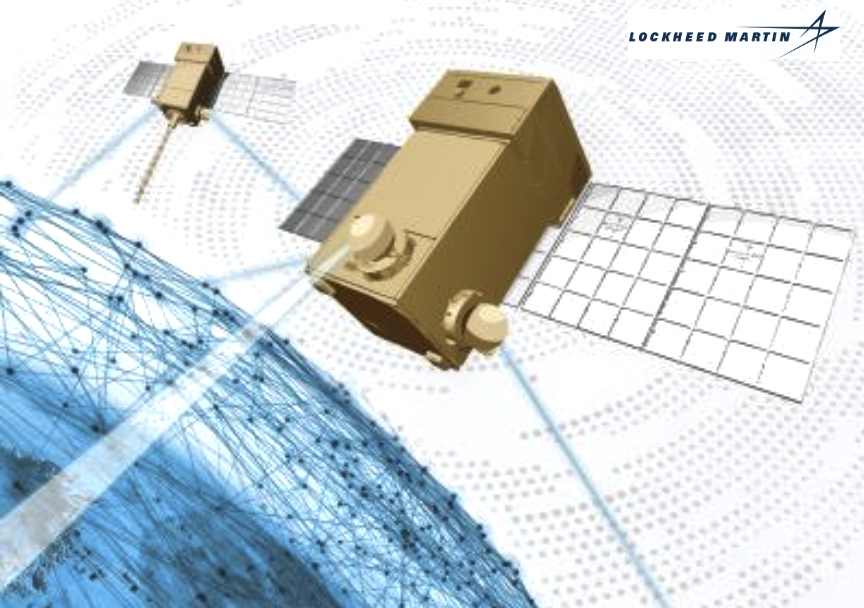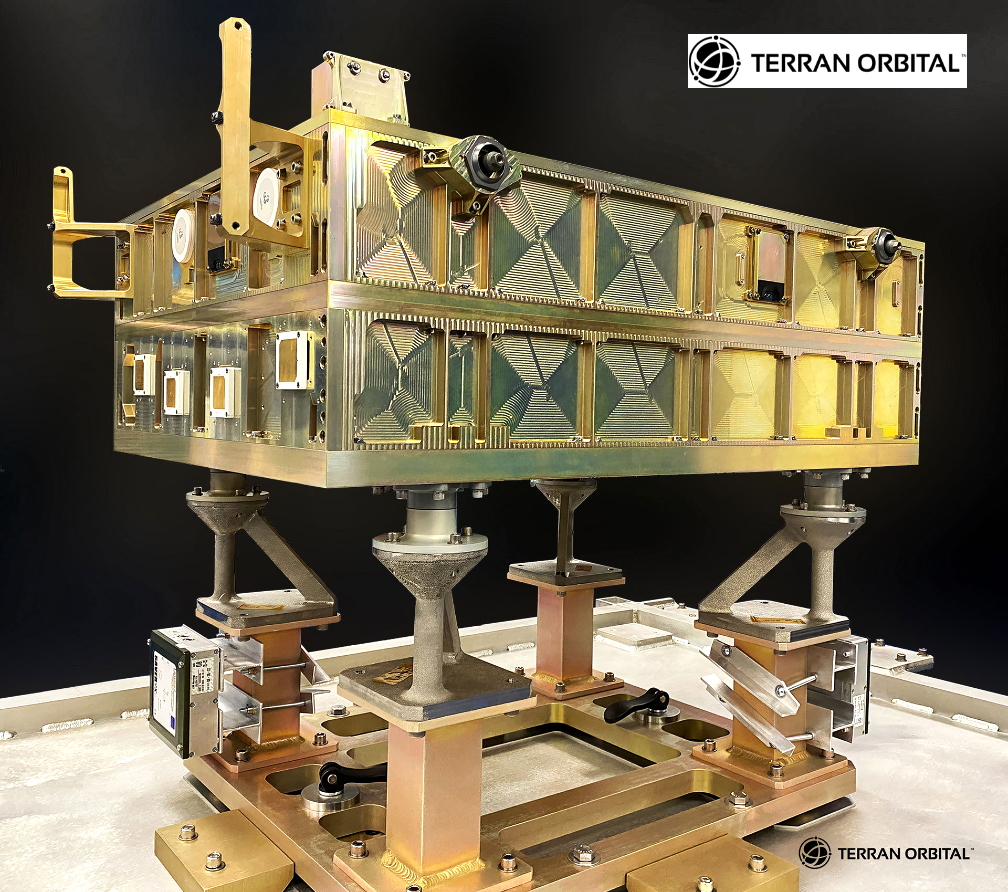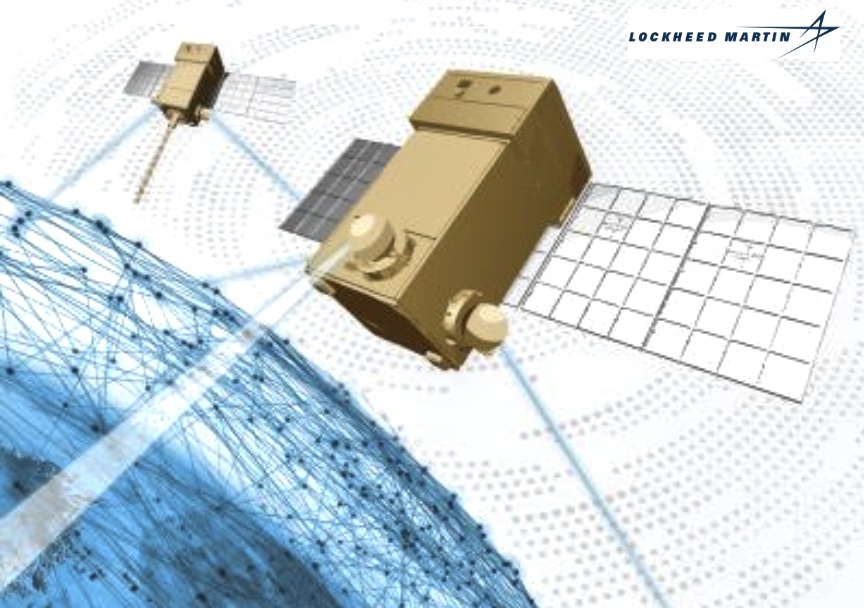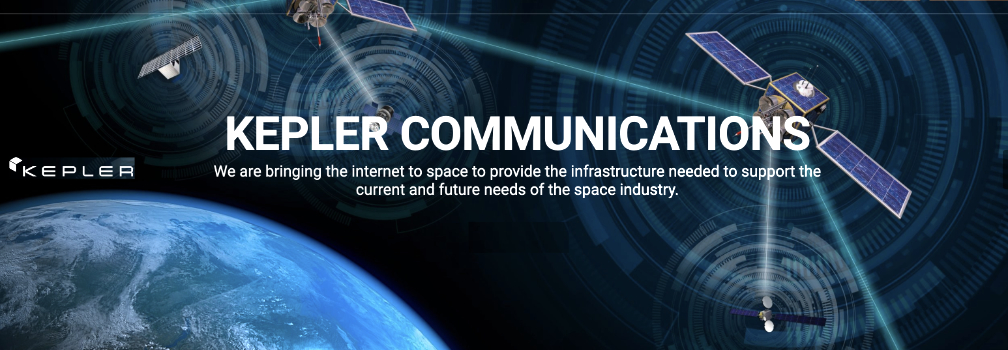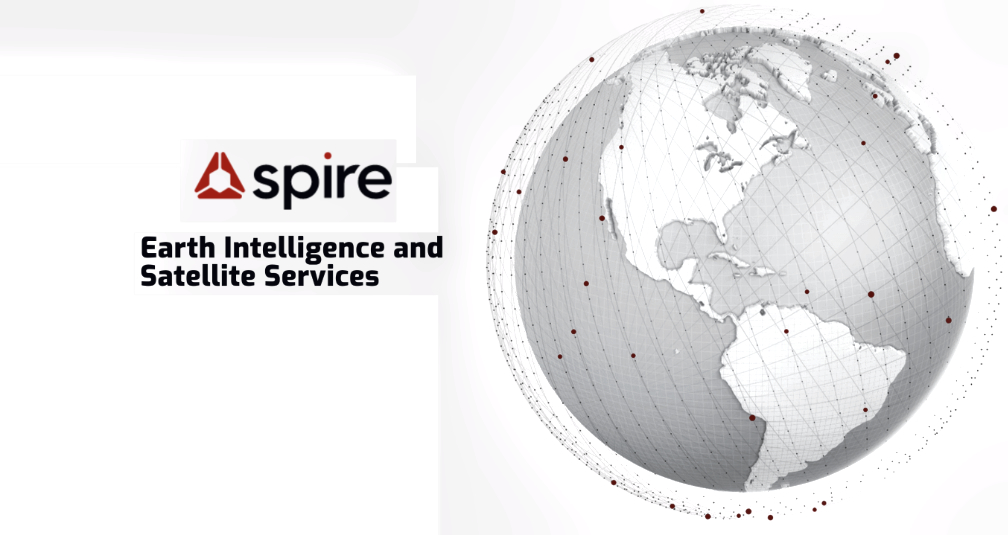
Astra Space, Inc. (“Astra”) (Nasdaq: ASTR) and SaxaVord UK Spaceport are partnering to increase access to space by providing dedicated orbital launch services to a growing satellite market. Subject to the entry of definitive agreements and regulatory approvals, rocket launches are expected to start in 2023.
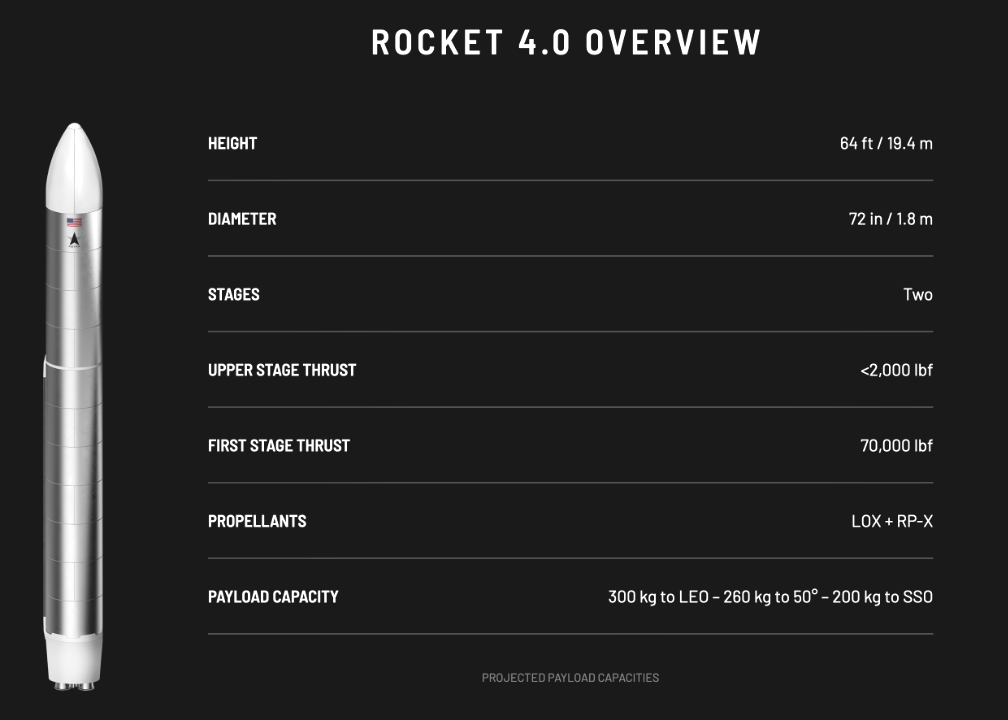
With a flexible, mobile approach, Astra can transport and connect a fully functional launch system to a simple concrete pad for launches. SaxaVord UK Spaceport would expand Astra’s capacity at key inclinations. Together, they are expected to accelerate access to space for customers launching in the UK.
“This agreement between SaxaVord Spaceport and Astra is great news for Shetland and represents another step towards our shared ambition of bringing vertical launch satellite capability to Scotland,” said Ivan McKee, Scottish Minister for Business, Trade, Tourism and Enterprise. “Companies like this are vital to achieving the aims of our National Strategy for Economic Transformation that will support a nation of entrepreneurs and innovators in areas like small satellite technology and Scotland’s growing space industry.”
“Astra is an agile, fast-moving company on pace to establish a successful track record,” said Robin Huber, Director of Business Development at SaxaVord UK Spaceport. “We look forward to working with their team to build new launch capabilities in the UK. Their mission to improve life on Earth from space is closely aligned with our own values, and we believe that this exciting new relationship will develop into a strong, lasting partnership.”
“The additional inclinations, flexibility and launch capacity that this partnership enables will allow us to meet the needs of Astra’s customers and align directly with SaxaVord UK Spaceport’s economic investment and environmental goals,” said Matt Ganser, Vice President of Business Operations at Astra. “We are excited to work with this partner to open another spaceport from which we would hope to meet the growing demand for dedicated launch out of the UK.”
“This new partnership between Astra and SaxaVord UK Spaceport is another great example of the strong interest from the international space community in operating from UK spaceports,” said Matt Archer, Director of Commercial Space at the UK Space Agency. “By attracting global partners and developing a home-grown launch industry, we can cater for the diverse needs of small satellite manufacturers and operators, while benefiting people and businesses across the UK. It is fantastic to welcome Astra into the UK’s thriving launch community.”
Astra’s mission is to improve life on Earth from space by creating a healthier and more connected planet. Astra offers one of the lowest cost-per-launch dedicated orbital launch services of any operational launch provider in the world. Astra delivered its first commercial payload into Earth orbit in 2021, making it the fastest company in history to reach this milestone, just five years after it was founded in 2016. Astra (NASDAQ: ASTR) was the first space launch company to be publicly traded on Nasdaq.
UK Spaceport SaxVord Spaceport (SaxaVord) is the UK’s first vertical satellite launch facility and ground station located at Lamba Ness in Unst, Shetland. Given Unst is the UK’s highest point of latitude, SaxaVord offers customers a geographic competitive advantage enabling unrivaled payloads per satellite, launch site operations, a network of ground stations and in-orbit data collection and analysis. SaxaVord has received endorsement from the UK Space Agency’s (UKSA) Spectre Report, formed industry-leading partnerships and has been chosen to host the UKSA’s UK Pathfinder launch, which will be delivered by Lockheed Martin and ABL Systems, in 2022. SaxaVord has secured planning permission for the launch site, which will be designed for small rockets delivering payloads into LEO. Integral to the UK’s space economy ambitions, SaxaVord is building a highly skilled workforce, championing STEM education and supporting the economic regeneration of the Shetlands.


